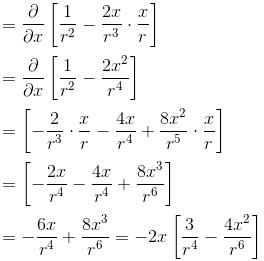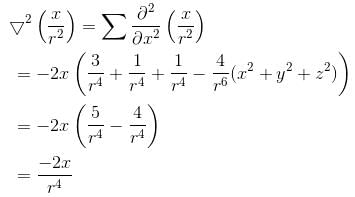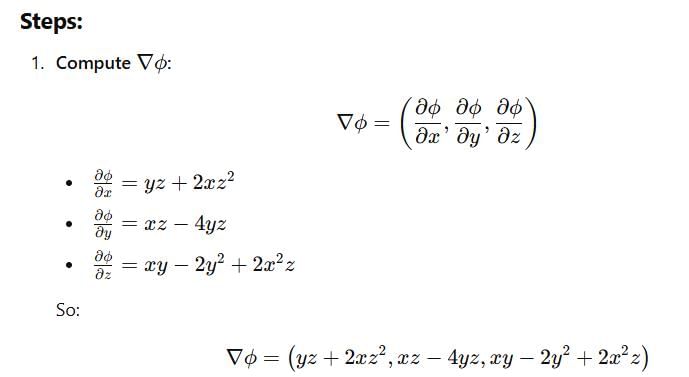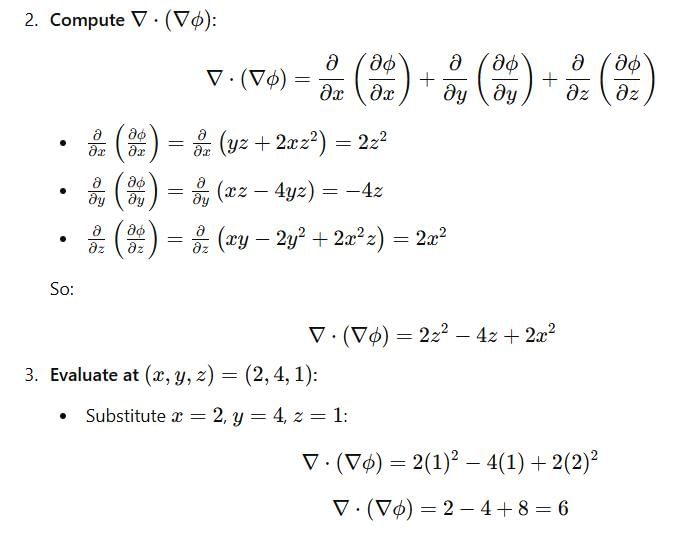Vector Calculus MCQ Level - 2 - IIT JAM MCQ
10 Questions MCQ Test - Vector Calculus MCQ Level - 2
The line integral  taken along the closed path formed by y = x and x2 = y3 in the first quadrant will be valuated to :
taken along the closed path formed by y = x and x2 = y3 in the first quadrant will be valuated to :
 taken along the closed path formed by y = x and x2 = y3 in the first quadrant will be valuated to :
taken along the closed path formed by y = x and x2 = y3 in the first quadrant will be valuated to : where S : x2 + y2 + z2 = 1, z ≥ 0 and
where S : x2 + y2 + z2 = 1, z ≥ 0 and  will have the value :
will have the value :
 where S : x2 + y2 + z2 = 1, z ≥ 0 and
where S : x2 + y2 + z2 = 1, z ≥ 0 and  will have the value :
will have the value :The line integral of the vector field  along the helix defined by x = cos t, y = sin t,
along the helix defined by x = cos t, y = sin t,  is equal to :
is equal to :
 along the helix defined by x = cos t, y = sin t,
along the helix defined by x = cos t, y = sin t,  is equal to :
is equal to :If u = x + y + z, v = x2 + y2 + z2 and w = yz = zx + xy then  is equal to :
is equal to :
The potential function for the vector field  will be :
will be :
The value of the surface integral  where S is the closed surface of the solid bounded by the graphs of x = 4 and z = 9 – y2 and coordinate planes &
where S is the closed surface of the solid bounded by the graphs of x = 4 and z = 9 – y2 and coordinate planes &  will be given by :
will be given by :
The value of the integral  where
where  and where S is the entire surface of the paraboloid z = 1 - x2 - y2 with z = 0 together with the disk {(x, y) : x2 + y2 < 1}
and where S is the entire surface of the paraboloid z = 1 - x2 - y2 with z = 0 together with the disk {(x, y) : x2 + y2 < 1}
The value of  where
where  and S is the surface of the paraboloid z = 4 – (x2 + y2) above the xy-plane will be :
and S is the surface of the paraboloid z = 4 – (x2 + y2) above the xy-plane will be :


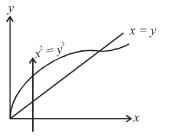


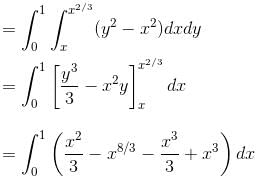
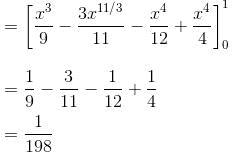
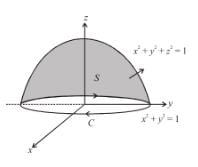



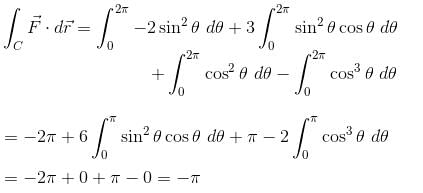


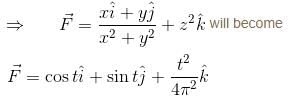

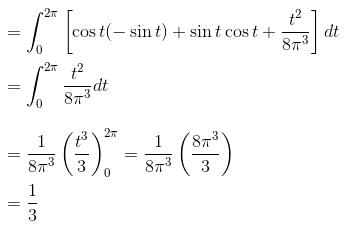
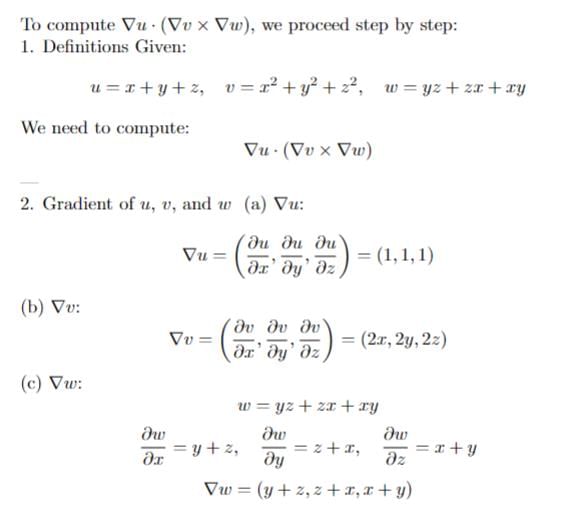
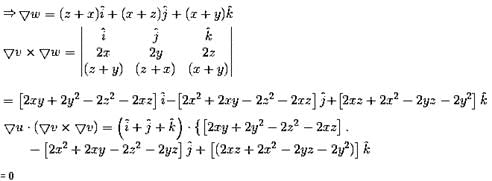

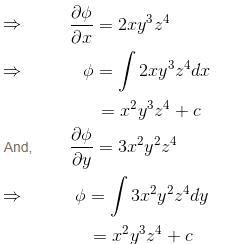

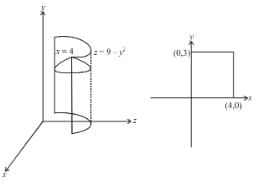


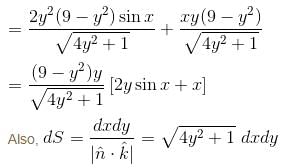




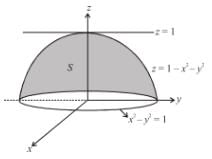
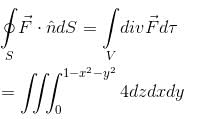

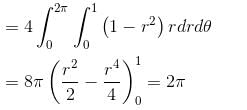
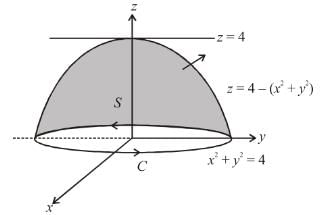




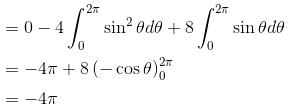
 is equal to :
is equal to :
